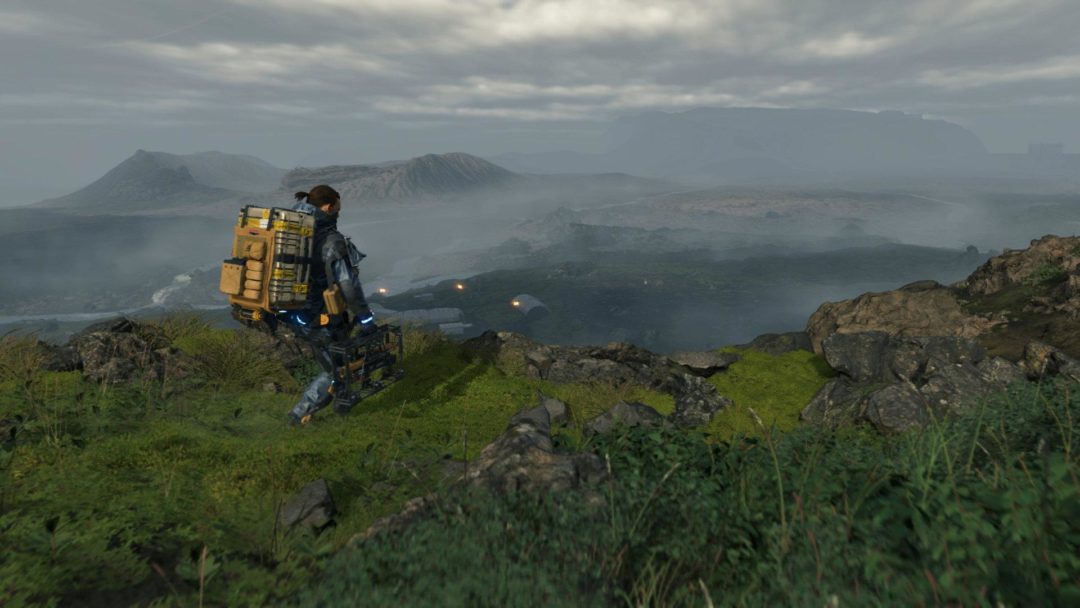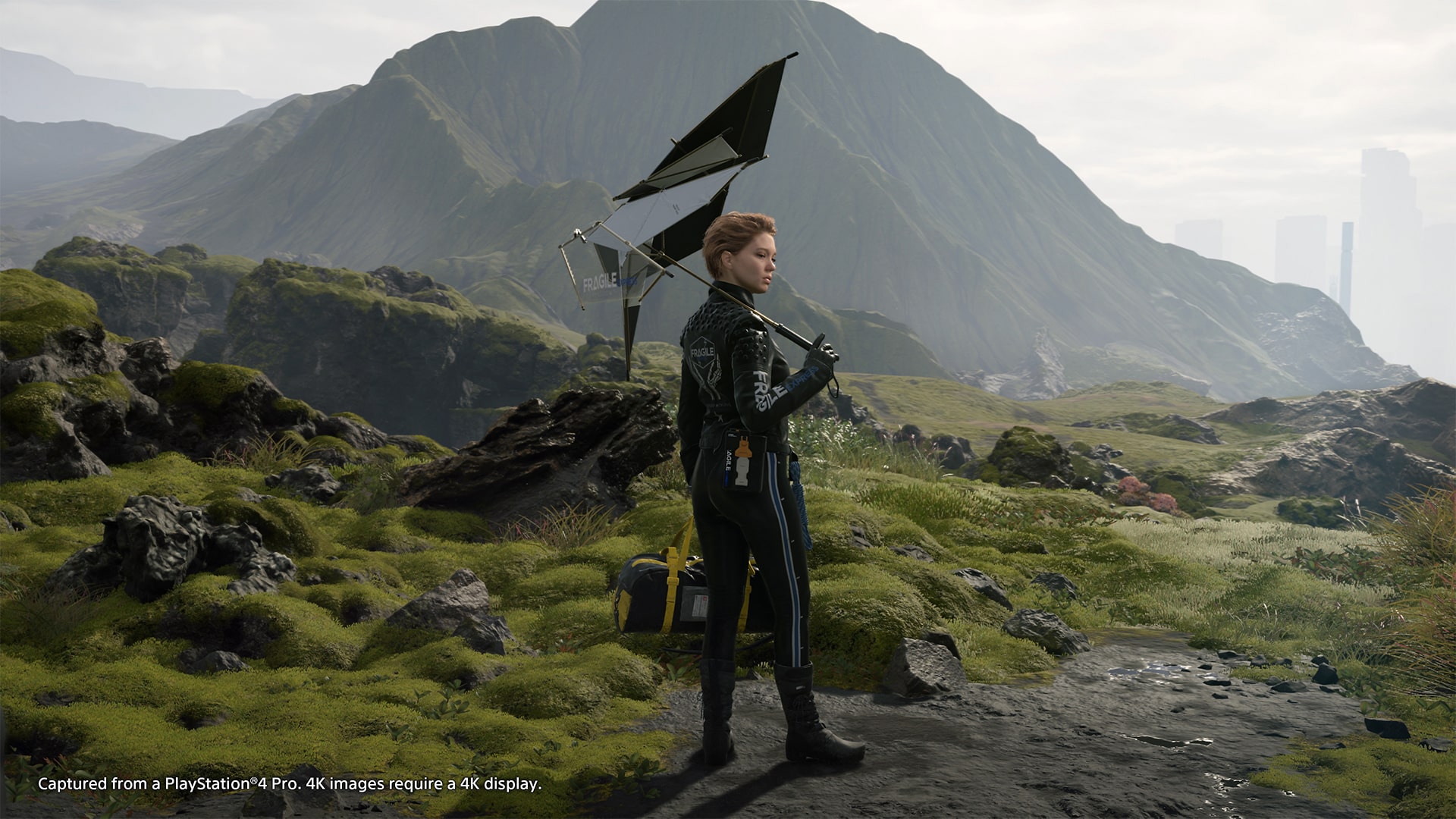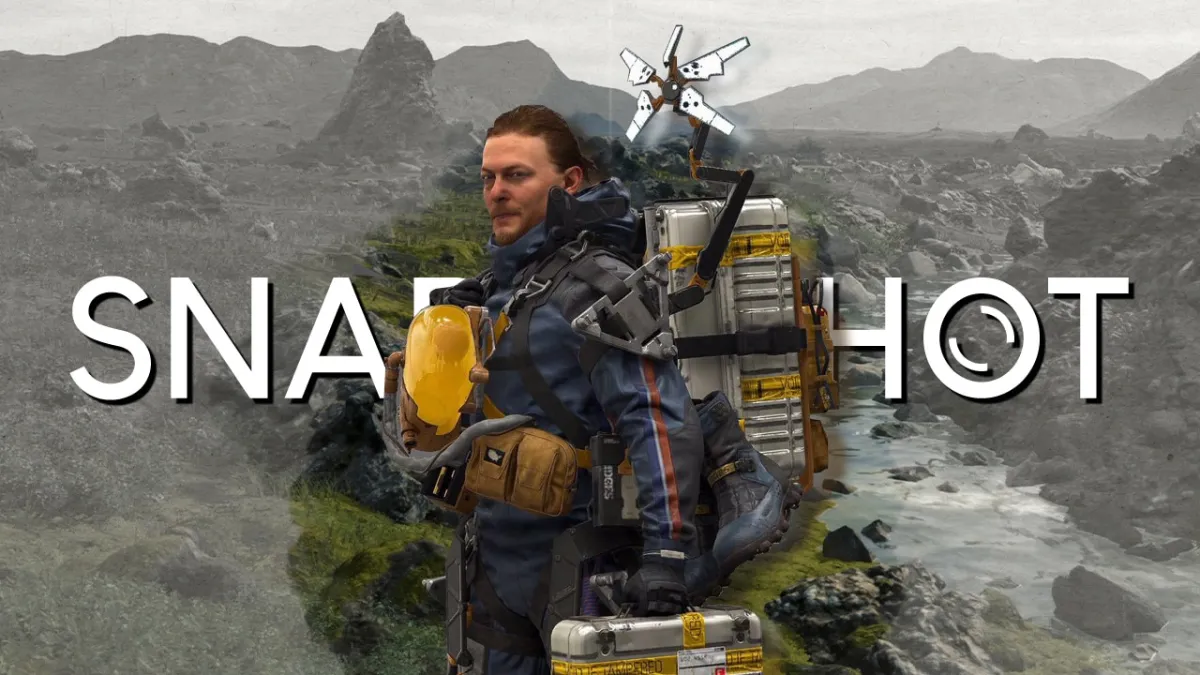There are some games that you just know are going to be instant classics, like The Legend of Zelda: Ocarina of Time or Portal. But some other games take time, slowly nestling out a place in your thoughts until they eventually makes a permanent home. These games offer a more complicated first impression. Perhaps the edges are a bit rough, or maybe the experience is so strange and new and that you’re not able to fully process it until long after the credits roll.
That was how I felt late last year as I made my way through Hideo Kojima’s highly anticipated Death Stranding, a game that refused to fit neatly into any of the boxes we’re used to in modern gaming. But seven months later, Kojima’s prescient story of a world torn asunder and the lengths it takes to cobble the pieces back together is one I’ve thought about literally every single day. A big part of that is how the game’s perfectly timed music forges a stronger connection among Death Stranding‘s world, characters, and your own personal journey.
As Sam Porter Bridges, your job is to traverse what remains of a shattered America in search of small pockets of civilization, with the ultimate goal of connecting these groups via an information network that rebuilds society brick by brick. Though your journey takes place across America, it’s clearly an artistic representation of the country that draws heavy influence from the dangerous grace of places like Iceland. It’s a sad, barren husk of a world that still finds a way to exude beauty in its loneliness. And much of your time is spent deliberately navigating the terrain, like a pioneer setting off into the unknown.

The core gameplay loop is clearly divisive, playing luggage Tetris as you load Sam up with enough delivery materials to make movement cumbersome but possible and then wrestling with that movement every step of the way to your destination. To a lot of folks, this sort of repetitive micromanagement quickly devolves into tedium. But for me, trips from point A to point B began to truly embody the idiom that it wasn’t about the destination, but rather the journey itself. Sam’s struggles became my struggles; his relationship with the rugged world became my relationship with the rugged world. And the awe that would fall upon him when he truly lost himself in the wilderness became my own personal awe.
There are several moments throughout Death Stranding where, upon approaching your destination, things begin to change. The camera slowly pulls out, revealing more and more of the environment while making Sam a smaller and smaller part of it. A majority of the HUD fades away to clear distractions. And finally, the subtlety of Ludvig Forssell’s score gives way to one of the bespoke songs that Kojima chose to play at this given moment, many times being from the American-Icelandic band Low Roar.
Low Roar’s sound is a kind of dream pop that exudes shades of Bon Iver, Beach House, and Sigur Ros. Kojima stumbled upon the band while shopping in Iceland, and after hearing them on the radio, he immediately bought their record and almost instantly knew he wanted them for the game. In speaking with Eurogamer, he discussed how Low Roar’s music spoke to the world of the game, saying, “It has an image of a newly born earth. I thought Low Roar’s music would match this harsh but beautiful and pure environmental setting. I also felt somewhat of a connection to Low Roar and the game, the matching of Low Roar’s acoustic but digital futuristic sound and the concept of Death Stranding.”

What makes these needle-drop moments work so well is how they meld in with everything that comes before them, as well as the lengths you still have left to go. The camera pulling out and showing how small Sam is in the greater world reflects how small each of us is compared to everything around us. It bottles the sensation of when you’re outside and walking around while listening to music, and a particularly poignant song comes on through your earbuds. The right song, played at the right time and place, can elevate the meaning and significance of a moment. And Death Stranding’s use of Low Roar and other bands like Silent Poets during these long and winding journeys makes for moments I regularly return to over half a year after finishing the game.
Death Stranding represents an evolution of how music has been used through Kojima’s career, growing upon Metal Gear Solid V: The Phantom Pain. Throughout Venom Snake’s tour of the ‘80s, you’ll stumble across various cassette tapes that can be added to your collection. From Joy Division to Kim Wilde to Hall & Oates, these collectables act as both a time capsule of the decade and also a direct look into what was inspiring Kojima as he toiled away at MGSV. Death Stranding approaches music in precisely the same manner, offering a peek behind the curtain, but the musical choices deliver profound emotional responses.
The perfect musical needle drop can be found in countless movies, but it is much rarer in games given their interactive nature. I can distinctly remember driving around the neon streets of Grand Theft Auto: Vice City on a rainy night listening to A Flock of Seagulls’ “I Ran,” but that was less author-driven and more serendipitous. With Death Stranding, however, Hideo Kojima created a series of powerful musical moments that feel completely orchestrated without removing player control of Sam. They’re simultaneously subtle and yet unforgettable, and they rank among the most powerful video game moments I’ve experienced in recent memory.






Published: Jun 4, 2020 04:09 pm